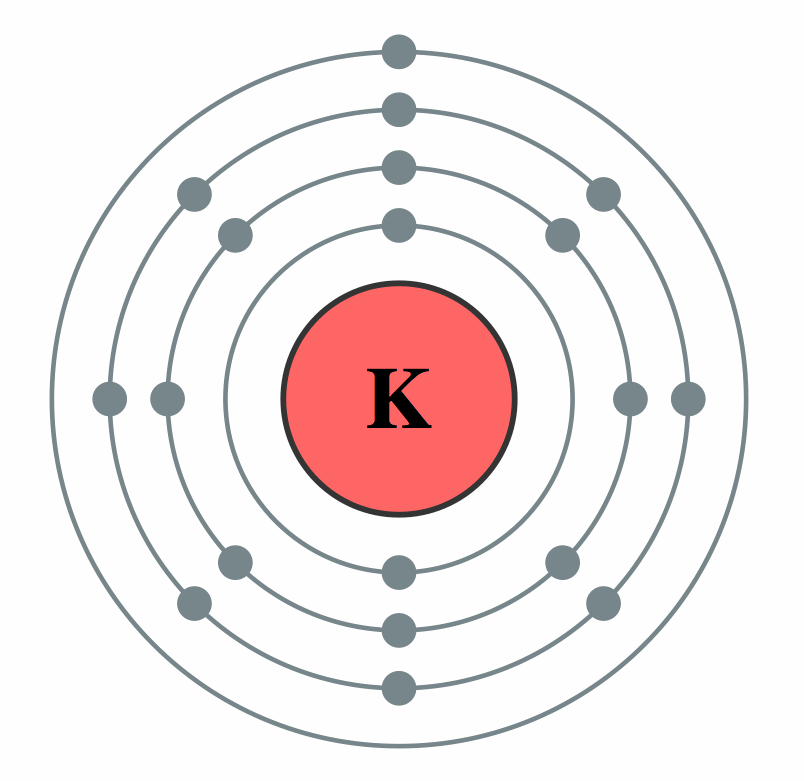- Joined
- Apr 9, 2006
- Messages
- 5,448
- Reaction score
- 7,327
Middle aged guy without any known medical history who passed out after taking bunch of drugs woke up later that day unable to move his leg and an arm. Brought to ER by ambulance. Found to have critically high potassium levels with sinusoidal ekg (tall peaked T-waves and widened QRS). In the ER received aggressive IV hydration, calcium gluconate, insulin/glucose, lasix, mannitol, albuterol, bicarbonate, was also briefly on pressors for hypotension. 1 hour later repeat K was 8. Ortho wants to do fasciotomies ASAP for compartment syndrome. You speak to the patient who is awake and a little groggy.
Go.
Go.
Last edited:

